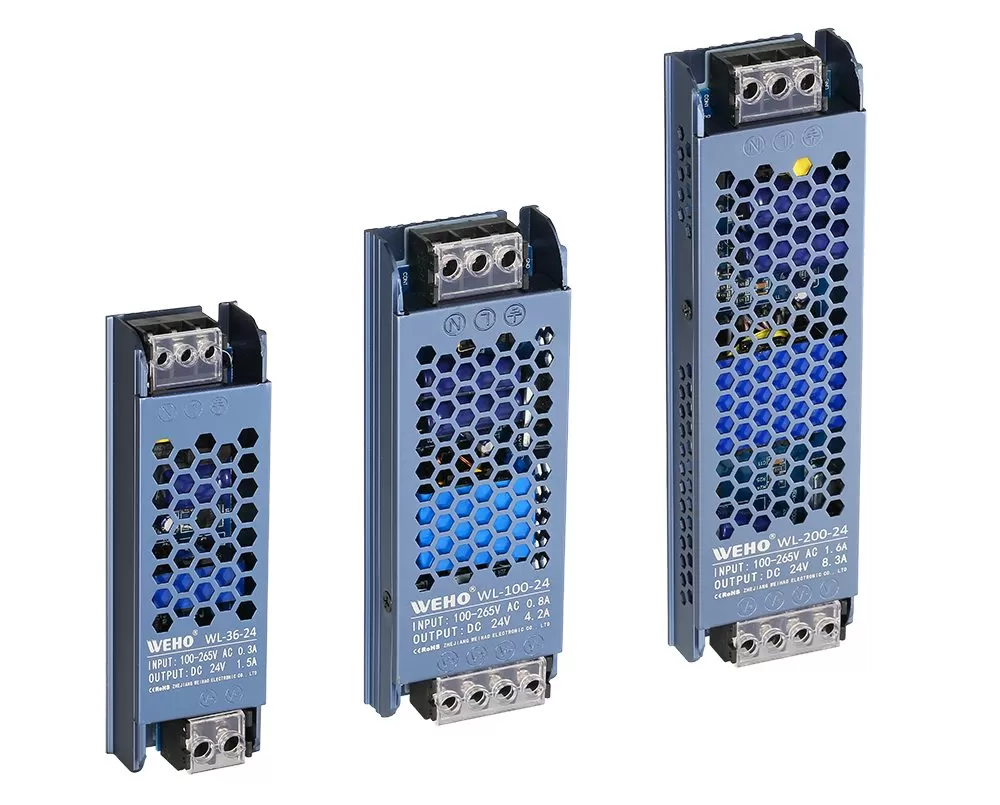When selecting an LED power supply, it is important to consider several factors to ensure it meets the requirements of your specific LED lighting application.
Some key factors to consider include:
Voltage and current ratings
The LED power supply should provide the correct output voltage and current for the LED lighting system requirements.
The voltage and current ratings of the LED power supply and the LEDs must be checked to ensure they are compatible.
Power Capacity
The power capacity of the LED power supply should be sufficient to handle the total power requirements of the LED lighting system.
It is important to calculate the total power consumption of all LEDs in the system and select an LED power supply with the proper wattage rating to handle the total load with some safety margin.
Efficiency
LED power supplies come in different efficiency ratings, which determine how much electrical energy is converted to usable power for the LED and how much is wasted as heat. Greater efficiency means less wasted energy and more cost-effective operations.
Dimming and Control Options
If your LED lighting system requires dimming or control functionality, make sure the LED power supply supports the required dimming or control options.
Not all LED drivers are designed for dimming, and those designed may have different dimming methods or compatibility with different control systems.
Protection function
The LED power supply should have a built-in protection function to ensure the safety and service life of the LED.
Look for features like overvoltage protection, overcurrent protection, short circuit protection, and thermal protection.
Reliability
The reliability of the LED power supply is crucial to ensure the continuous operation of LED lighting system.
Look for LED drivers from reputable manufacturers with a proven track record for reliability and durability.
Environmental considerations
Consider the environmental factors of the installation site, such as temperature, humidity, dust level, etc., and choose an LED power supply suitable for the environmental conditions of the installation site.
Compliance and Safety
Ensure that LED power supplies meet relevant compliance and safety standards, such as UL (Underwriters Laboratories) certification, CE (Conformité Européene) marking, RoHS (Restriction of Hazardous Substances) compliance, etc., specifically Depending on your geographic location and application requirements.
Conclusion
Selecting the proper LED power supply is a critical step in ensuring optimal performance and longevity of your LED strip lighting installation.
By carefully evaluating these factors, and choosing a reputable LED power supply from a reliable manufacturer, you can only provide the desired lighting effects for your space if you ensure that your LED strip lighting system operates efficiently, reliably, and safely.











